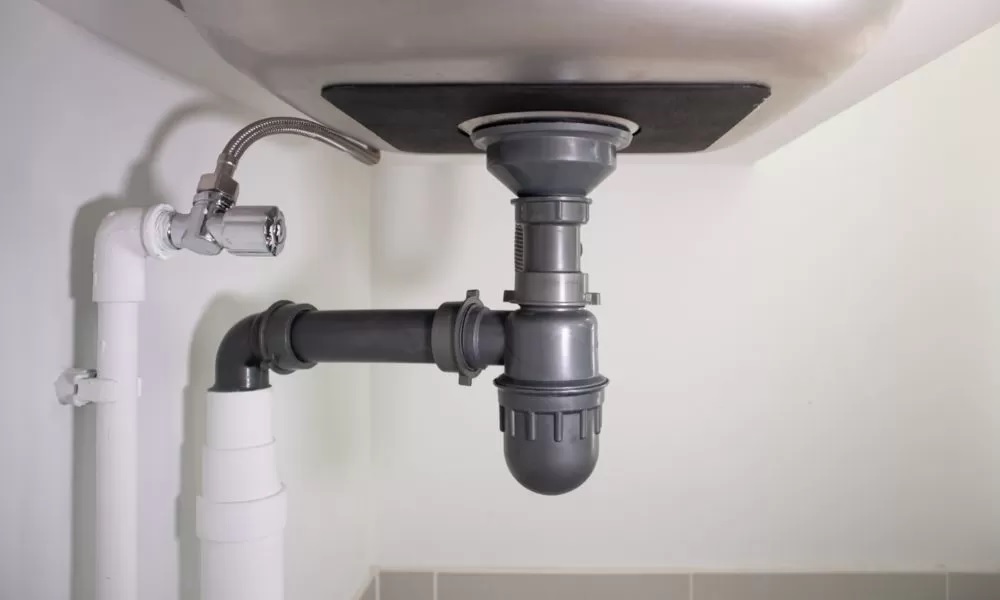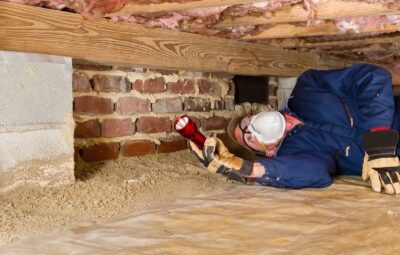Even tiny, barely noticeable leaks in your home’s plumbing lead to mold, water damage, rotting walls and floors, and even flooding if left unaddressed. Catching and repairing leaks early is crucial to prevent small drips from becoming big, costly problems down the road. A great way to identify hidden leaks is to examine your home’s water meter. Locate the meter, usually near the curb or property line. Use the leak detector dial on the meter face to check for any movement when all water sources are shut off in the house. Movement indicates a leak somewhere.
Conduct a dye test
Purchase some fluorescent dye tablets at your local hardware store. Remove toilet tank lids and drop dye tablets into the tanks. Don’t flush for 20-30 minutes. Turn off all water and check toilet bowls with a UV light for any dye. Glowing dye points to a leak between the tank and bowl. Walk through your home and listen to all Vaucluse plumbingfixtures and lines. Leaks make hissing or dripping noises. Use an electronic listening device or stethoscope to detect higher frequency sounds that may indicate water escaping pipes. Focus on areas behind walls or under sinks.
Check for wet spots
Scan walls, floors, and ceilings for any signs of moisture or water stains which often signal leaks. Look inside cabinets for water damage. Damp areas appearing far from plumbing lines can mean water is traveling and requires further investigation. A sharp increase in your water bill without any explanation is a strong indicator of a leak. Compare usage for any spikes. Just a 1/16-inch crack in copper pipe loses over 3,000 gallons per month! Leaks cost money so identifying them quickly pays off.
Watch toilet tank levels
Pay attention to toilet tank water levels to check for leaks into the bowl. Mark the tank waterline, then wait 10-15 minutes without flushing. Levels below your mark signal a tank-to-bowl leak. This is one of the most common leak points in any home. Follow your nose to damp, musty aromas that suggest mold growth from excess moisture. Look in corners, under floors, and behind walls. Mold smells point exactly to the origin sites of leaks even if no visible water is present.
Check appliance connections
Inspect all supply lines and shutoff valves for washing machines, ice makers, and dishwashers. Loose fittings or corrosion commonly cause leaks. Also, look under and behind units for any signs of water. Add a few drops of food coloring into toilet tank reservoirs. Don’t flush for 15-20 minutes, then check under bathroom and kitchen sinks for dye. Colored water means worn sink and tub faucet seals or washers need replacement. Regularly look over all plumbing systems to catch small drips before they become major home damage and maintenance headaches. Act quickly when leaks are suspected but difficult to locate. An experienced plumber runs comprehensive leak detection tests and pinpoint problem areas that need repair. Catching leaks early saves countless hassles down the road.




